In the world of agricultural education most people are familiar with the historical event that occurred in 1965. That is when the New Farmers of America (NFA), a student organization of African American agricultural students in segregated schools primarily in the South, merged [or insert your own word or phrase here] with the Future Farmers of America (FFA). Some folks might describe the FFA as an organization of white agricultural students (but that would not be entirely accurate).
The impetus for this Friday Footnote is a recent email I received from Dr. Antoine Alston, Associate Dean for Academic Studies in the College of Agriculture and Environmental Sciences at North Carolina A&T State University. Here is what he asked, “I have always heard that there were some FFA chapters that may have had one or two Black FFA members, in California and maybe some extremely Northern States prior to 1965. Have you ever ran across this officially?”
I have answered Dr. Alston’s inquiry and thought the rest of the profession might like to know the answer to this inquiry.
Were African Americans in the FFA Prior to 1965?
The answer is “Yes”!
America has a sad history of school segregation. While we typically think of school segregation as being limited to African American and white students in the southern states, segregation occurred in other parts of America as well. In several western states Hispanic and Japanese students were not allowed to go to “white” schools; but that is a history for some other time.
The Future Farmers of America became a national organization in 1928 and had 35 state affiliates within a year. By 1937 all the states with the exception of Rhode Island were affiliated with the National FFA (Hawaii and Puerto Rico were also FFA affiliates). So the FFA was a nationwide organization.
The New Farmers of America was established in 1935 and was modeled after the New Farmers of Virginia and the national FFA. NFA chapters were found in 16 states (Alabama, Arkansas, Delaware, Florida, Georgia, Louisiana, Maryland, Mississippi, New Jersey, North Carolina, Oklahoma, South Carolina, Tennessee, Texas, Virginia, and West Virginia).
Since the NFA was found in only 16 of the original 48 states (Alaska and Hawaii became states in 1959), it would be logical to assume that African American agricultural students in the other 32 states might be members of the FFA.
I don’t know when the national FFA started collecting demographic data on membership ethnicity, but it has been somewhat recent. So we can’t really go to FFA membership records prior to 1965 to find the answer to our question. However, there are other sources of information.
African Americans in the FFA
Let’s start our inquiry in Maine! The Freyburg Academy in Maine was founded in 1792 and is one of the oldest private schools in America. It first admitted female students in 1807. In 1947 it admitted African Americans into the boarding program. In the 1950s Freyburg had a FFA chapter, but it went defunct at some point in time but started again recently.
The 1953 Freyburg Yearbook has a photo of the FFA. On the back row there is a student who appears to be African American, but he is actually an African student from Ethiopia. His name is Pascal Woldemariam.
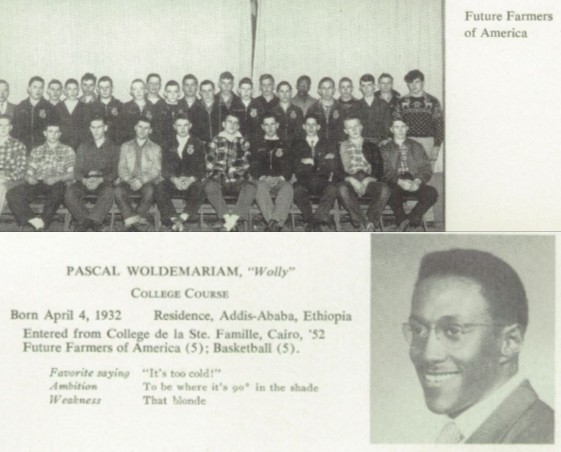
Figure 1. Top – The Freyburg FFA in 1953 with Pascal in the back row
Bottom – 1953 Freyburg Yearbook information about Pascal. Photos from Classmates.com.
Being in the FFA launched Pascal on a distinguished career. He graduated from the University of Maine in 1957 with a BS in Agriculture. His career included being the Area Director for Western Sahel Regional & Director of Operations for Senegal, Operations Department for West & Central Africa Bureau(s), World Food Programme since 1990. Director of Operations, World Food Programme, Chad, 1988-1990, Kenya, 1984-1988, Sri Lanka, 1982-1984, Tanzania, 1979-1982. Senior World Food Programme Advisor, Uganda, 1974-1979.
Let’s swing down to Connecticut for our next stop. The 1954 Guilford High School yearbook features a snapshot of the FFA members. The FFA photo shows 12 members of the FFA of which one is an African American. Since the members are not identified, we don’t know anything about this FFA member.
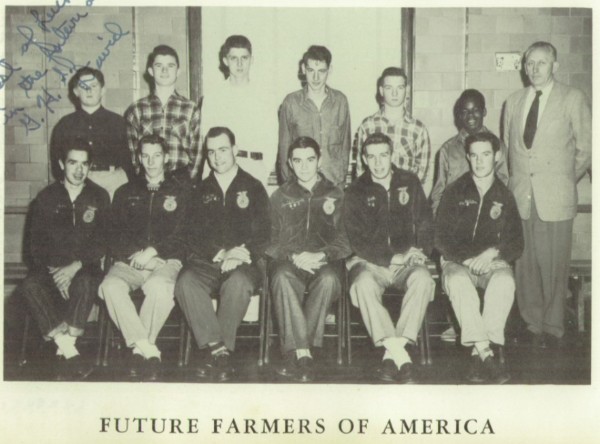
Figure 2. Guilford, Connecticut High School FFA, 1954. Photo from Classmates.com.
Our next stop is the Newtown High School FFA chapter in Elmhurst, New York. The 1964 Yearbook photo of the FFA reveals three interesting observations. First there is an African American FFA member in the back row but even more interesting is the FFA advisor – Phillip Price is African American (he is in the front row in the center). It is also interesting to note two females in the photo. Could they possibly have been FFA members or were they chapter sweethearts?
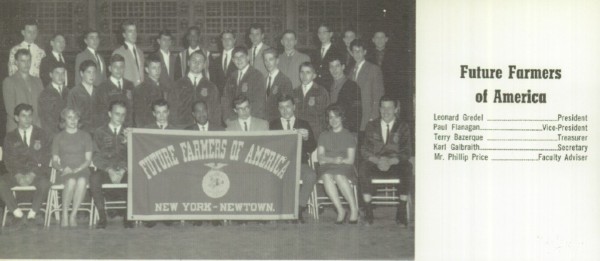
Figure 3. Newtown (NY) FFA members, 1964. Photo from Classmates.com.
Our next stop is in Ohio. David Laatsch shared the photo below with me but did not know the location of the FFA chapter. It took substantial time and effort to document the existence of this FFA chapter, but it was discovered. This photo is from the Concord Township School located near Urbana, Ohio (Champaign County). The African American at the top left of the banner is James Rogan. He placed second in a county wide FFA corn shucking contest in 1944.
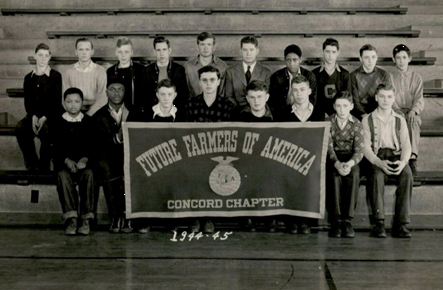
Figure 4. Photo from David Laatsch. A big “thank you” goes to Stephanie Birney, KHC Archives Assistant in the Dodge City, Kansas Public Library for tracking down the location of this photo.
Now, let’s go to Kansas. The 1961 Dodge City High School yearbook has the photo below of the FFA members. I did a double take when I looked for the name of the African American student fourth from the right in the back row. His name is Gary Moore. What a coincidence.

Figure 5. Dodge City High School Yearbook, 1961. Photo from Classmates.com.
In our journey to document African American FFA members prior to 1965 we will end up in California. Ebony magazine published an article about Ben Chatman in the December 1963 issue. The headline for the article is “Youth Heads California Future Farmers.” You might want to read the entire article in Ebony – it starts on page 49. He was the California state FFA president in 1963-64.
Ben was from Madera High School, had served as Chapter President and was active in numerous FFA activities including public speaking and crop judging.
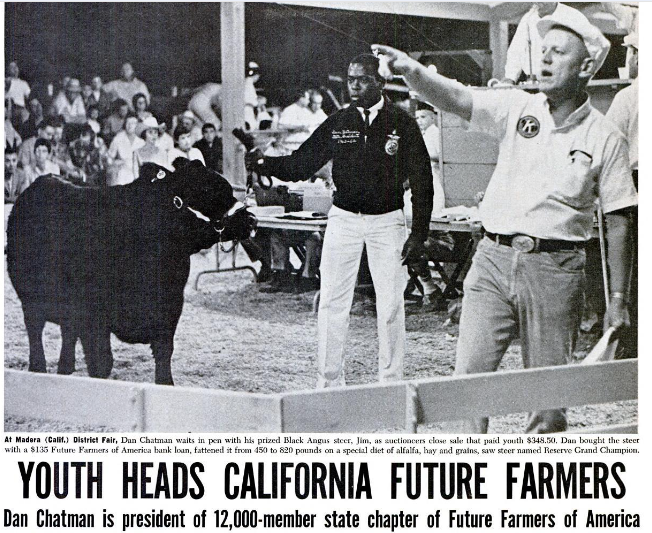
Figure 6. From Ebony Magazine, December 1963
However, Ben was not the first African American to be president of the California FFA Association. That honor goes to Leo Clark. He served as state president from 1952-53.
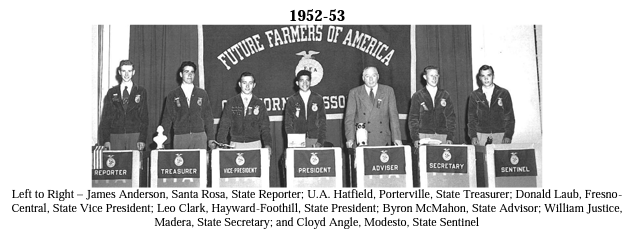
Figure 7. Photo source – California FFA Association.
Concluding Remarks
Yes, Virginia, there is a Santa Clause. Oops, wrong story.
Yes, there were African Americans in the FFA prior to 1965. The photos in this Footnote are just a sampling, more could be shown. During the days of segregation, African Americans were members of the FFA in many parts of the county.
African Americans and students of all ethnicities belong in the FFA. Agricultural education/FFA is not an exclusive club.
In a recent Friday Footnote Lanette Vaughn pointed out that the FFA jacket is a unifying symbol of belonging. However, it takes more than just a jacket to send the message that all students are welcome in the FFA. What are you and your current FFA members doing to convey the message that all are welcome?
